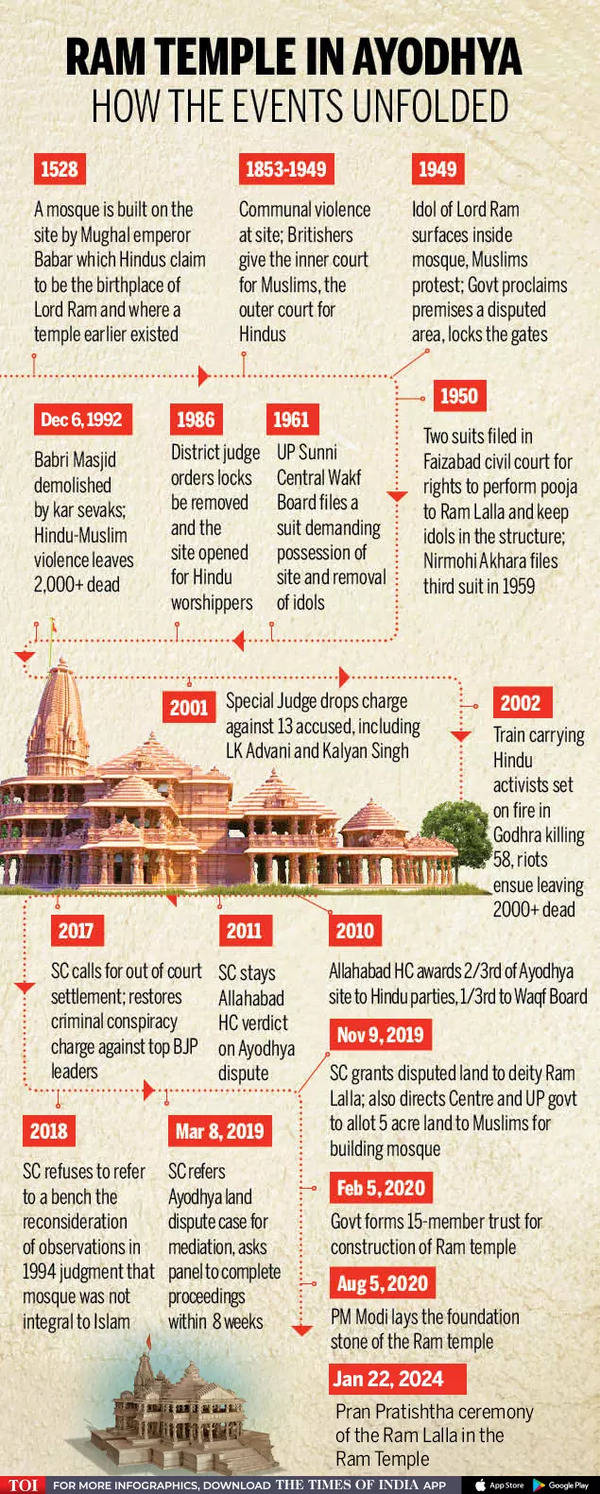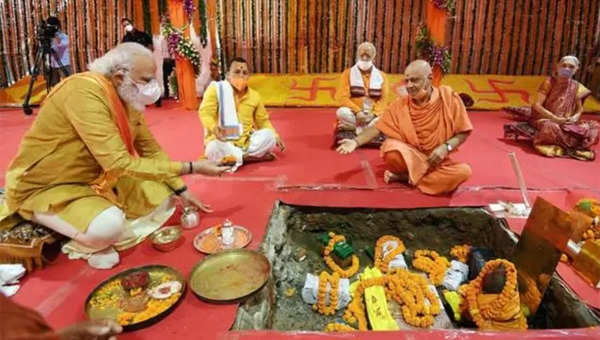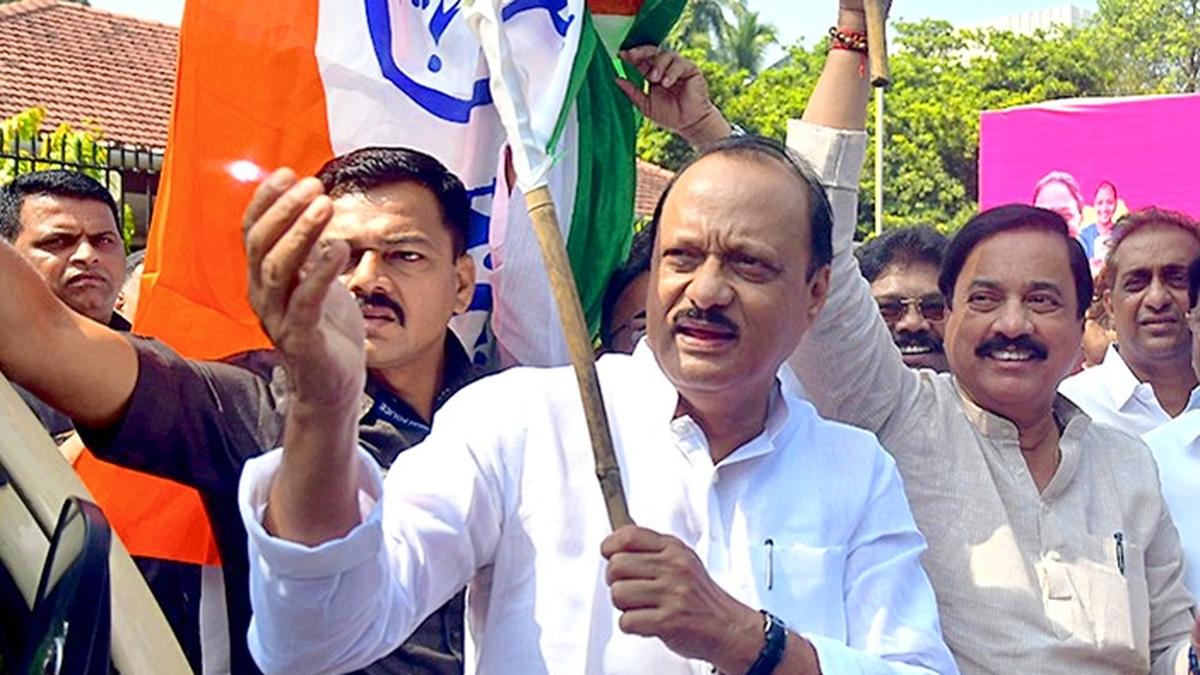The historic day will also bring down curtains on a centuries-old religious dispute which began in the Mughal era and culminated with BJP fulfilling a decades-old poll promise.
January 22 will be certainly special for BJP, which was the architect of the Ram Janmabhoomi movement that began in the 1980s.
In its early years, BJP — a fledgling outfit created from the remnants of the Jana Sangh — was struggling to find its footing on India’s political map. In its first general election, the party made a quiet debut by winning just 2 seats in the 543-member Lok Sabha.
Around the same time, the Ram Janmabhoomi movement started generating nationwide buzz and ultimately proved to be an inflection point for the BJP.
In its quest for relevance in a landscape dominated by Congress, the BJP, then led by L K Advani, aligned itself with the temple cause during the Palampur resolution in 1989. The pivotal decision imparted a definitive Hindutva edge to the party’s politics, providing it with a compelling cause celebre that had been absent until then.
Over the next few years, the movement propelled the BJP from the fringes of national politics to becoming a dominant political force. As a result, the BJP managed to improve its Lok Sabha tally to 85 seats in 1989.
In the early 1990s, when caste politics was taking center stage in the country, the movement helped the BJP consolidate its own space among the Hindu masses; especially after the party, led by Advani, launched the iconic ‘Rath Yatra’ from the historic Somnath temple in Gujarat. The yatra attracted throngs of people as the chariot traversed the heartland of the country.
‘Rath Yatra’ procession led by then BJP president L K Advani in New Delhi (File Photo)
While the movement was not without its share of controversies, it played a pivotal role in the BJP’s integration with the fundamental aspirations of Hindus, establishing a legacy centered on realizing the vision of a grand Ram temple.
It was no different than the Congress party aligning itself with the legacy of India’s long freedom struggle, noted Manindra Nath Thakur, an associate professor at the Centre for Political Studies of JNU, back in 2019.
Therefore, it is no surprise that Ram Mandir featured in every Lok Sabha manifesto released by the BJP from 1996 to 2019.
Interestingly, the BJP’s political ascent was interrupted only in the late 1990s when the party, in its pursuit of forming a coalition government at the Centre, opted to de-emphasize critical issues such as temple construction and the Uniform Civil Code.
The move was seen as one of the reasons why the Atal Bihari Vajpayee-led BJP government was ousted from power in 2004.

But the temple pitch was later revived in 2014 when Narendra Modi came to power at the Centre with a historic mandate.
In fact, in his last lap of campaigning in 2014, PM Modi invoked Lord Ram’s name and used his image as well as a temple in the backdrop at a rally near Ayodhya. Though he fought the elections on a development and anti-corruption plank, the rally sent out a subtle message to the party supporters.
In the next few years, PM Modi maintained that his government will wait for the Supreme Court order on the dispute amid regular prodding by RSS to realize the temple dream.
And in 2019, when the Supreme Court finally cleared the decks for the Ram Temple construction in Ayodhya, the BJP got its long-awaited moment in the sun.

Less than a year later, Prime Minister Narendra Modi laid the foundation stone of the temple with an elaborate Bhoomi Pujan ceremony.
Now, with the newly-built Ram temple being inaugurated just months ahead of the 2024 Lok Sabha elections, the political arc has come full circle for BJP. Buoyed by this, the saffron party is now eyeing 400+ seats in the Lok Sabha elections this year — a feat that has only been achieved once when Congress under Rajiv Gandhi came to power following Indira Gandhi’s assassination.
Whatever the political verdict may be, there is no doubt that Ram Mandir in Ayodhya will remain BJP’s enduring legacy.






